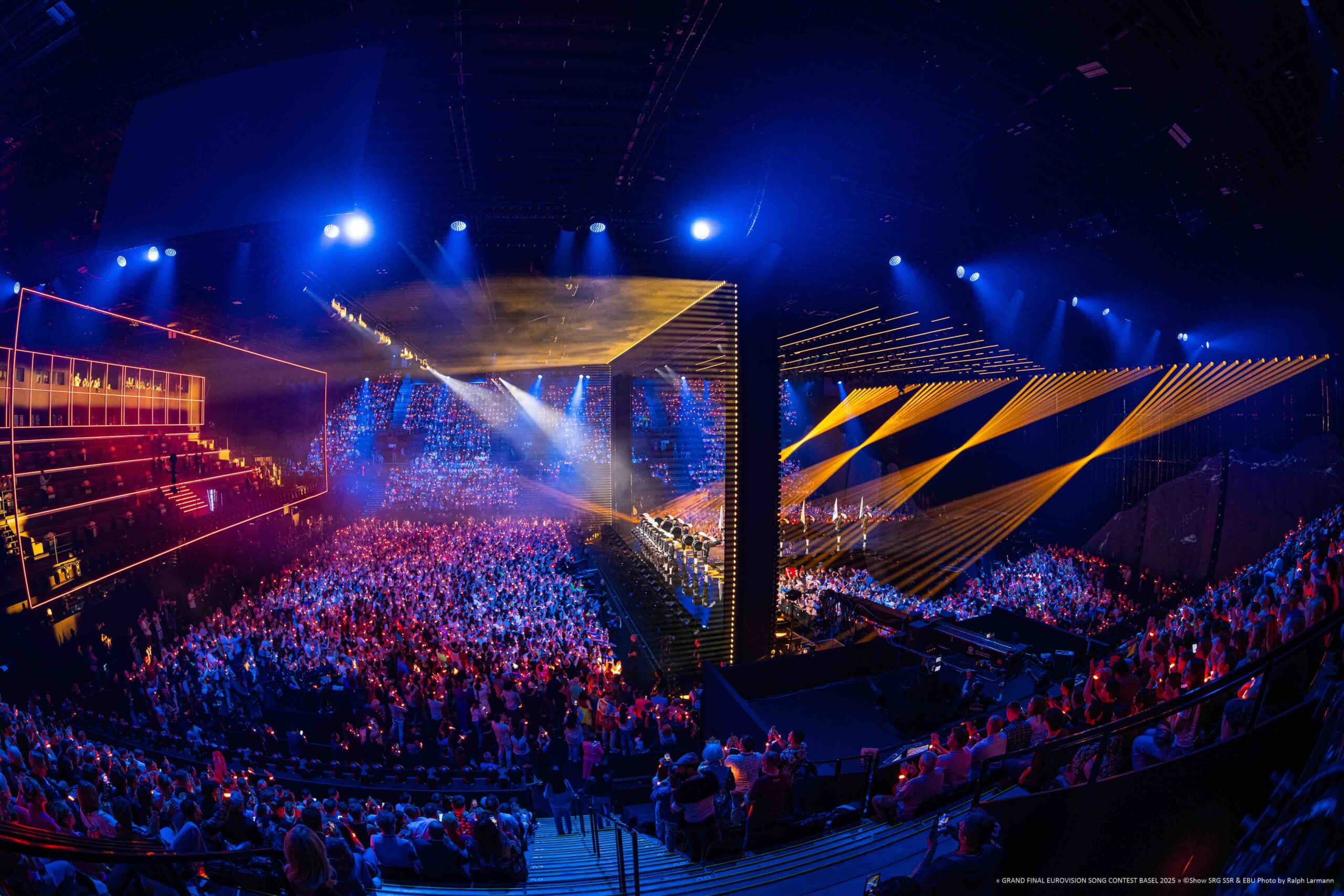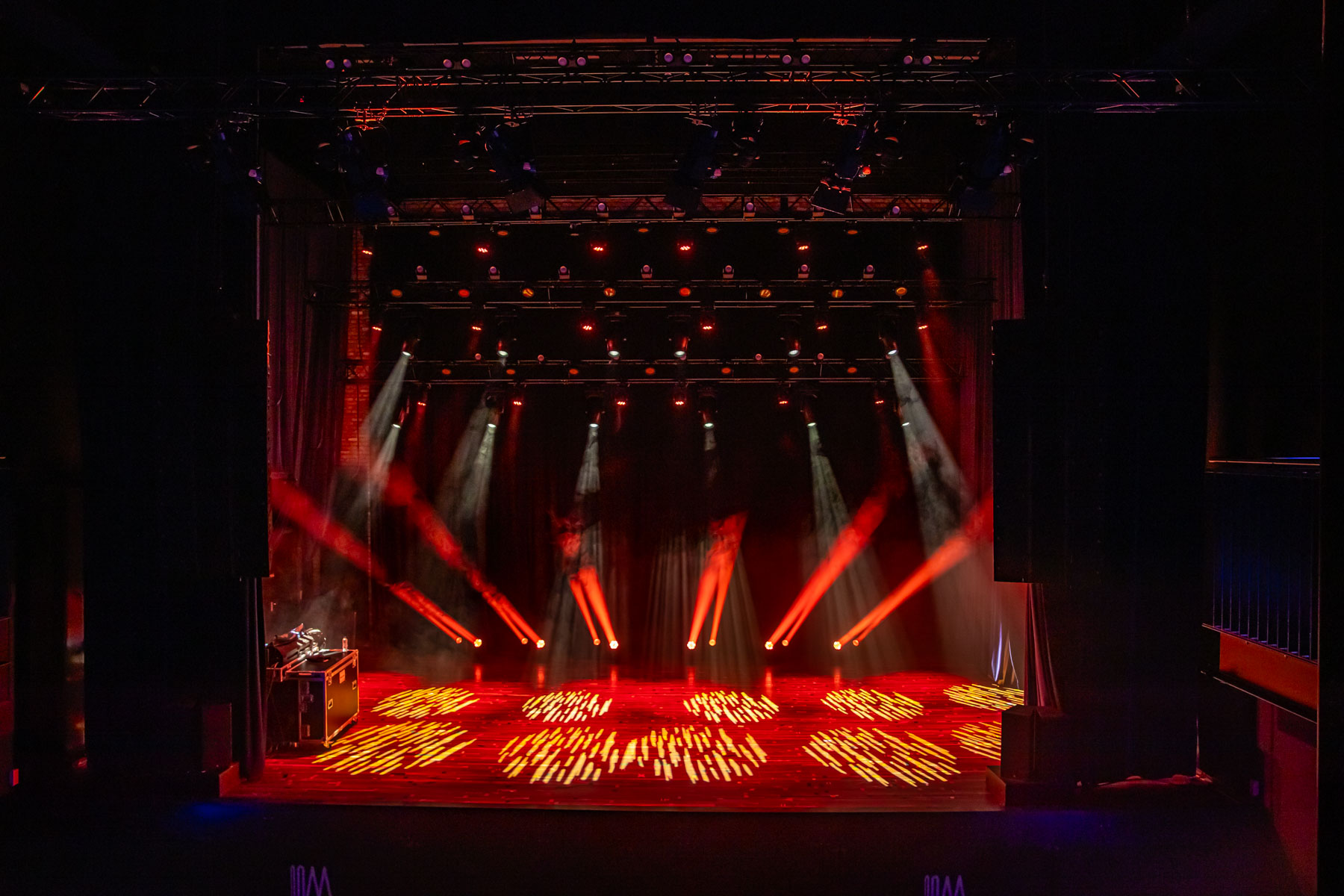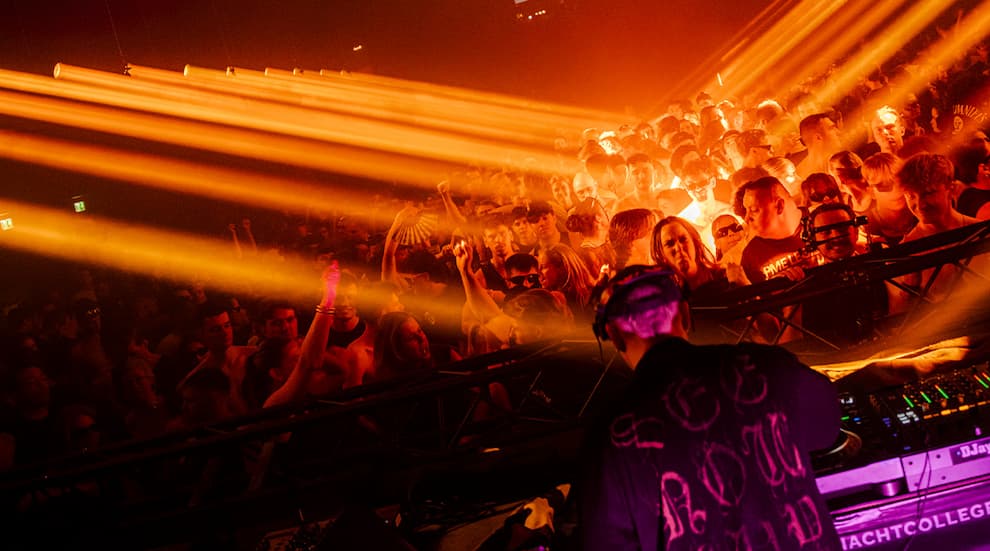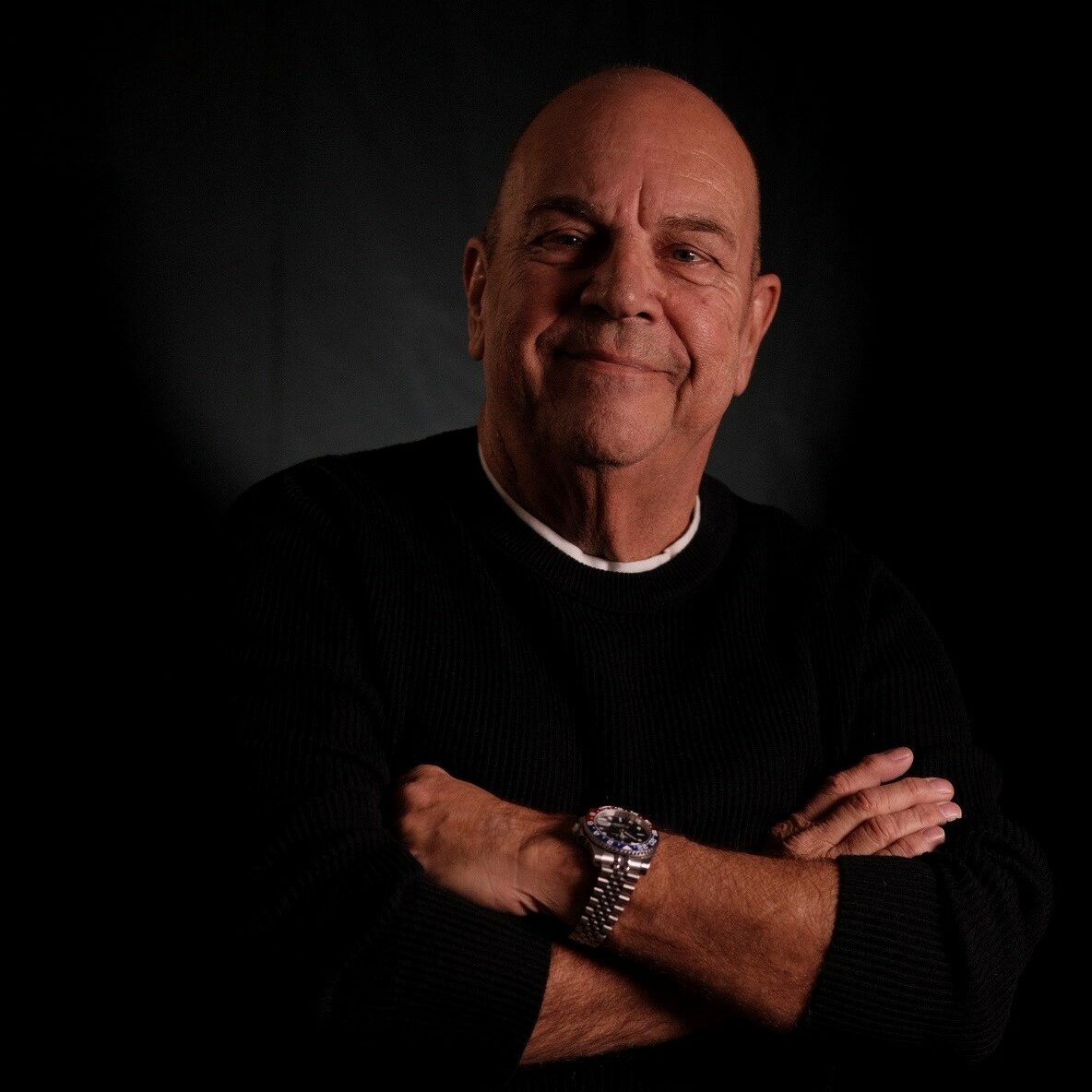RÜDESHEIM AM RHEIN, Germany — E/T/C London’s Ross Ashton was invited to create a video projection art work on the Germania statue located in the Niederwald Landscape Park as part of the 2009 Rheinpartie Festival of Light. Ashton’s mix of color and lighting transformed the 38 meter-tall monument, built to commemorate the foundation of the German Empire after the Franco Prussian war in 1883, into a symbol of European peace and harmony.
Curator Helmut M. Bien first approached Ashton at the beginning of the year to contribute a work to the festival. Bein already had Germania in mind as a site.
“It was a huge honor to be invited to the Rheinpartie, and even more so to specifically be asked to work on a such a key site with the historic and strategic relevance of Germania,” Ashton said.
The essence of Ashton’s concept was to deconstruct a symbol of past nationalism and transform its beauty as a representation of the positive potential of a harmony for all of Europe in the future.
Germania’s robes were delicately highlighted in blue and yellow to represent Europe, and the two smaller angel statures lower down — symbolic of war and peace — were also bathed in blue and gold.
In the seven-minute rolling projection show, their wings were animated to flicker, so they appeared to be in a hovering pose.
Onto the main structure just below the 10.5-meter statue, the flags and crests of all the EU member states were unfurled in a gentle dissolve. The steps at the base of the monument became a tumbling waterfall — a metaphor for all the rivers of Europe flowing together united, spreading, growing and living.
Ashton used four Christie 20K projectors to fill his canvas. Two were overlaid and used to cover all sections of the statue. The other two were positioned side-by-side to form the waterfall down the steps below. All four were fitted with 1.4 to 1.8 zoom lenses.
The show was programmed by Richard Porter using an E/T/C OnlyView system, Adobe After Effects and Cinema 4D. The artwork was composited by Ashton using Photoshop over a period of about two weeks. Once the three nights of Rheinpartie shows were underway, the control was positioned 100 meters away in the back of a van.
The challenges were numerous. The dark surface of the statue and the depth of field were two major technical hurdles. The projection distances varied from between 10 to 30 meters from the machines and Porter gave “great credit” to the Christie lenses for their ability to achieve a uniform focus. The brightness of the two overlaid projectors helped compensate for the near-black surface of some parts of the statue.
The structures housing the projectors were all custom designed and built for the project by E/T/C’s Paul Highfield, who also co-ordinated the logistics and joined Ashton and Porter in Rüdesheim am Rhein for the build period.
Ashton commissioned Karen Monid to compose a special soundscape to accompany the installation. This represented the feel and movement of water, the idea of fluidity and people without boundaries, making the connection between the freedom to embrace the cultures and philosophies of others, and the motion of rivers, which see no borders. The addition of a layer of sound added texture, meaning and ambience to the piece.
Monid used a combination of sound effects and music from Beethoven’s 9th Symphony, which incorporates the European national anthem and Ode To Joy, and also used sections and notes of music to reproduce the sounds of trickling streams gushing rivers.
The lit monument — accessed by cable car from Rüdesheim am Rhein — was one of the highlights of the Rheinpartie festival, which also included many other light and media works from leading international artists along the length and breadth of the Unesco World Heritage site of the Upper Middle Rhine Valley.
For more information, please visit www.etclondonparis.com.



